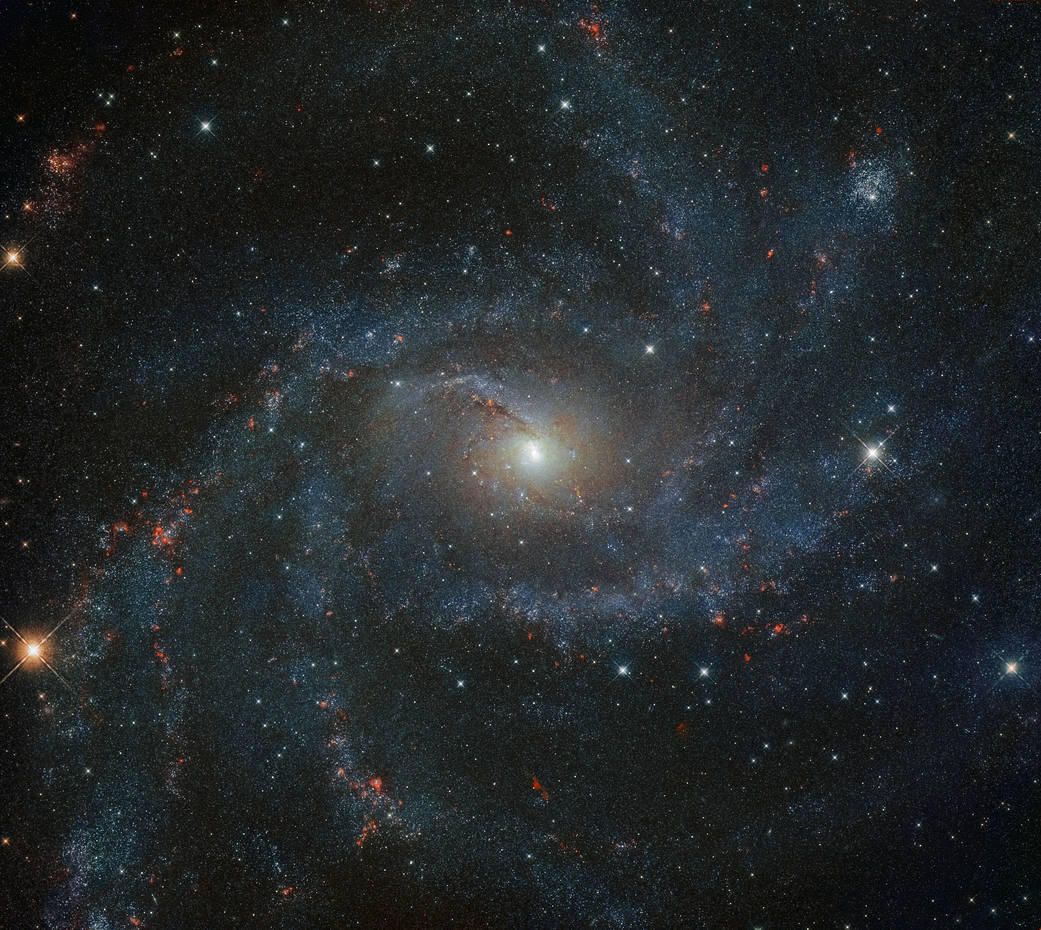Supermassive black holes have a complicated lifecycle. Sometimes they’re “on”, blasting out tremendous amounts of energy, and sometimes they’re “off’, where they sleep like dragons in their caves. By comparing the proportion of high-energy to low-energy waves emitted by quasars, astronomers are beginning to pin down how many black holes are sleeping, and when they’re likely to wake back up.
Continue reading “Astronomers are Starting to Understand the Quasar Lifecycle”Astronomers are Starting to Understand the Quasar Lifecycle


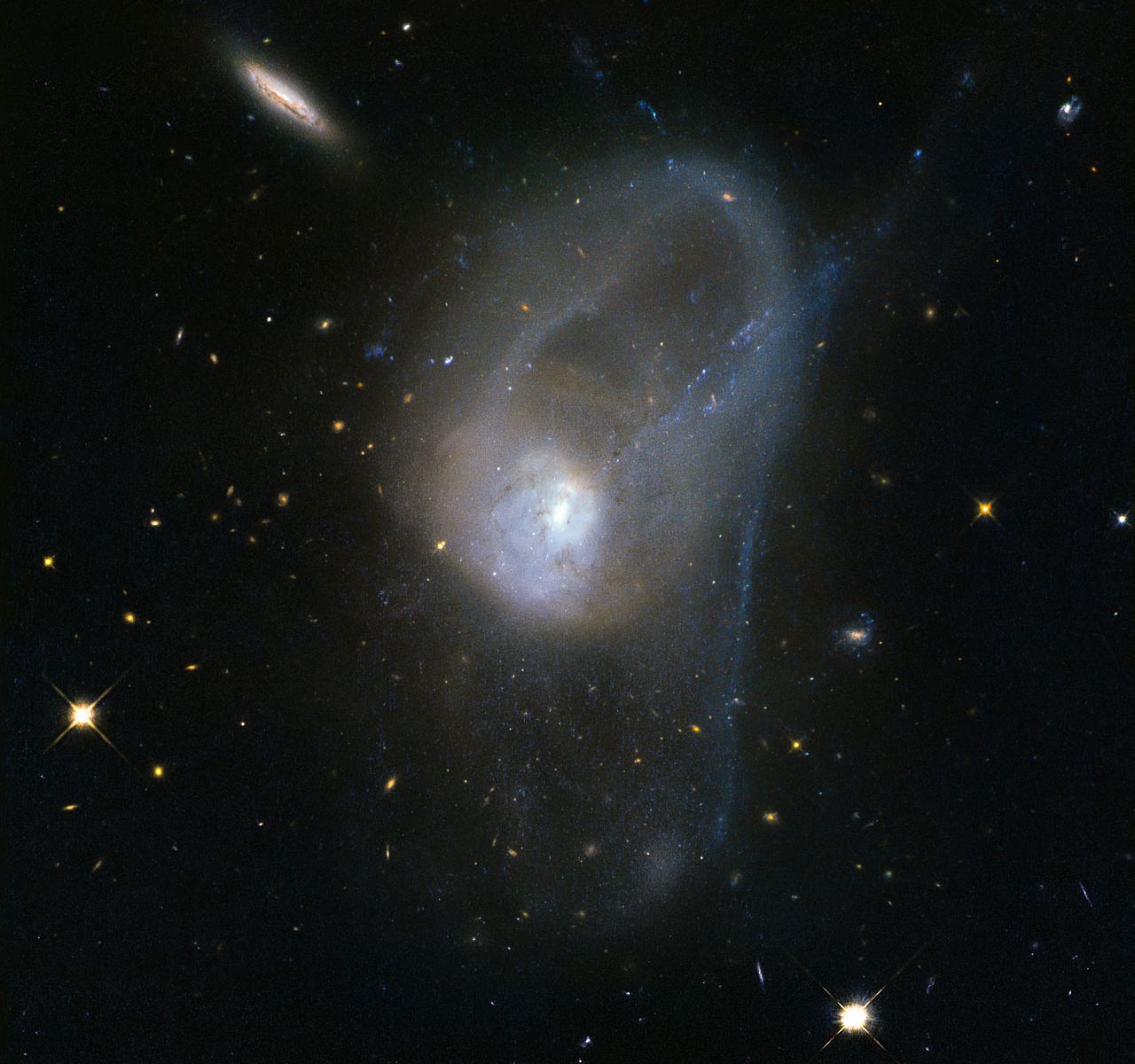
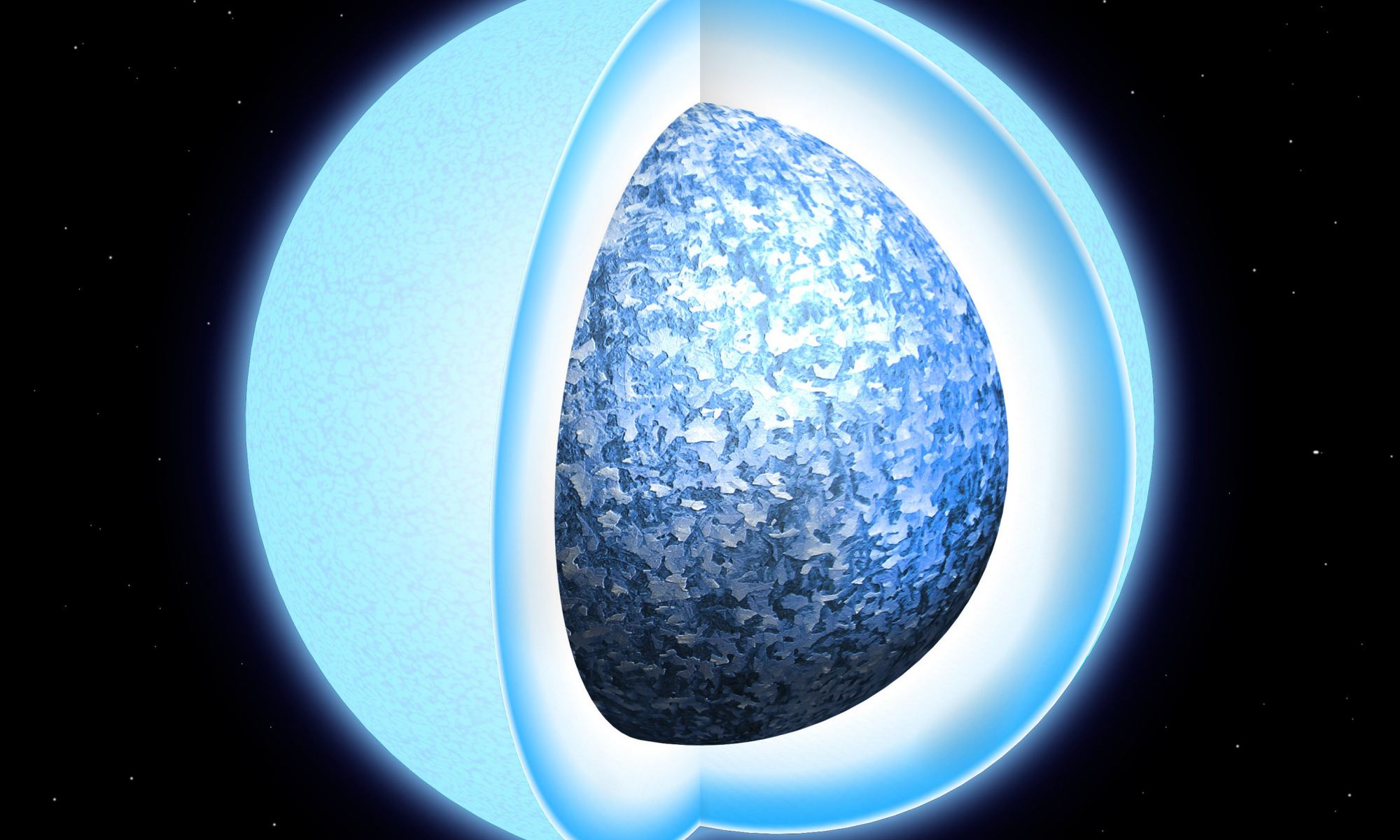
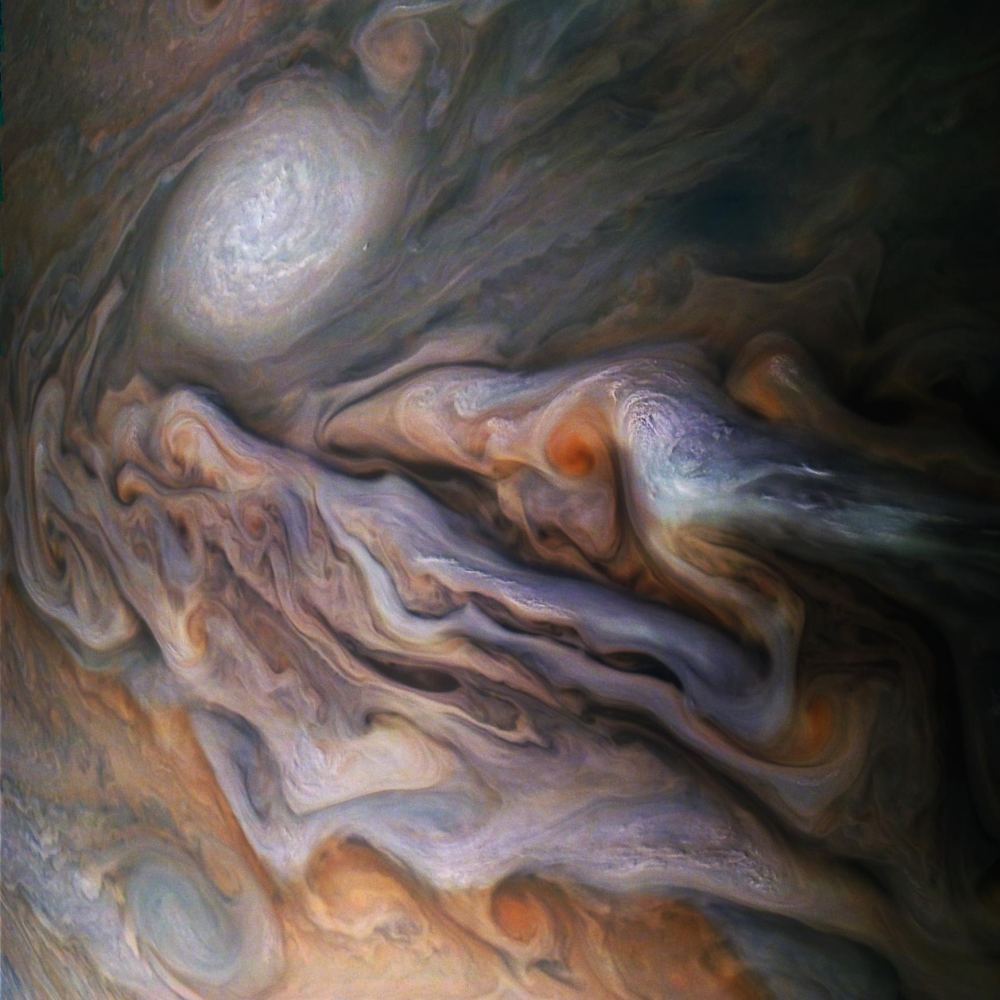
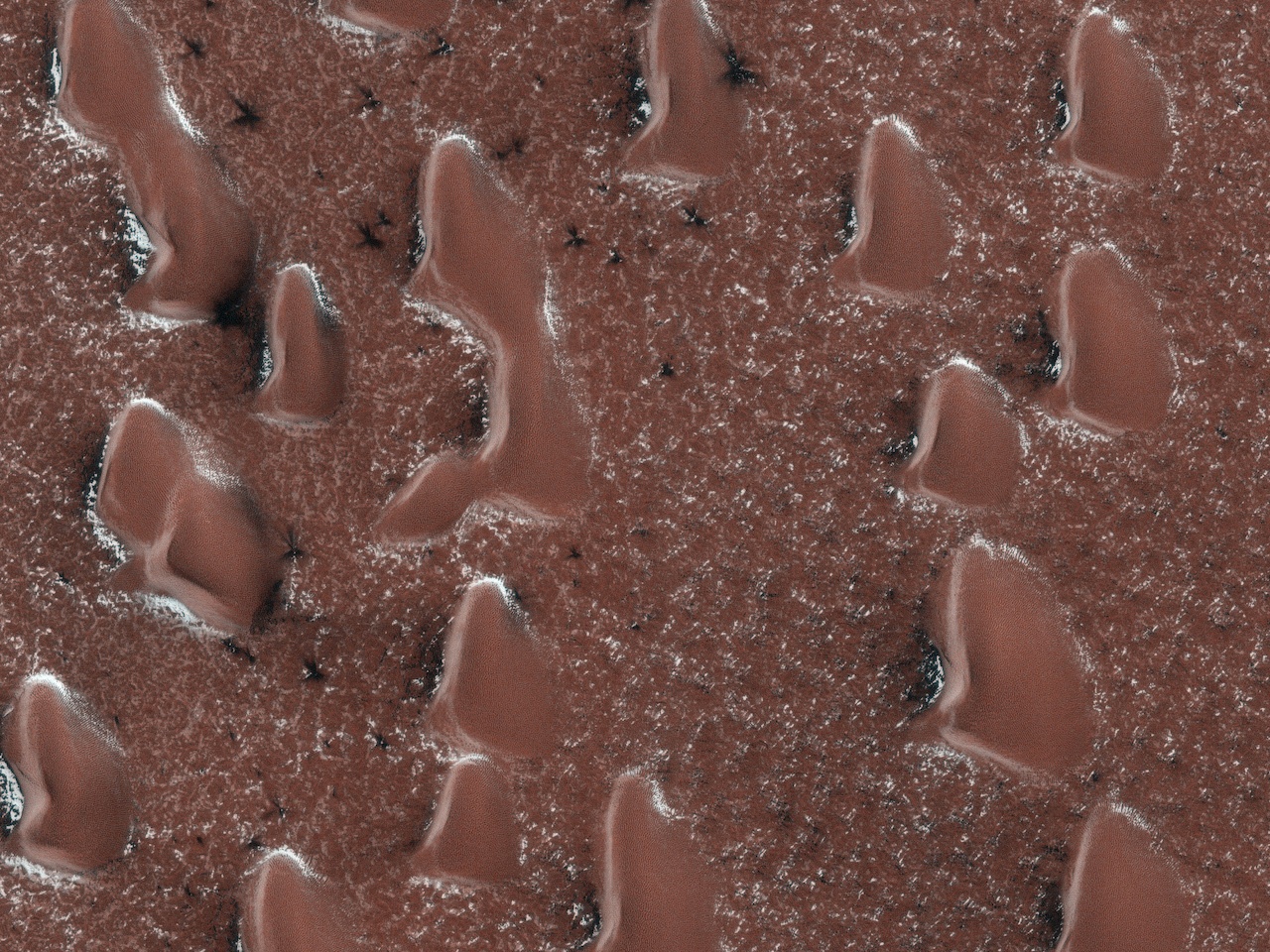
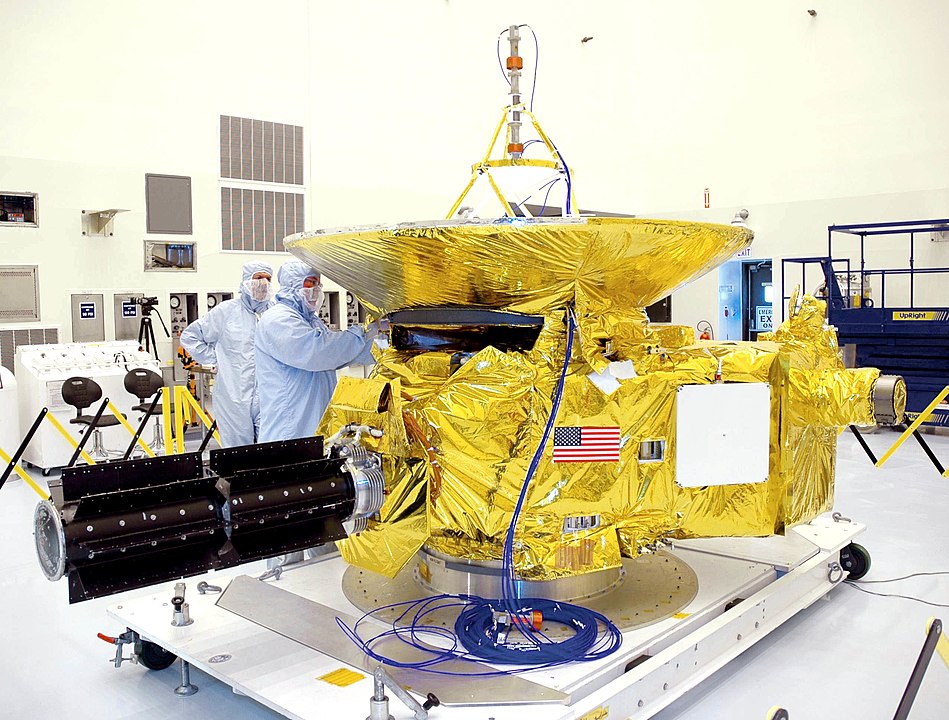

![An artist's conception of a brown dwarf. A new study identifies CK Vulpeculae as the remnant of a collison between a brown dwarf and a white dwarf. Image: By NASA/JPL-Caltech (http://planetquest.jpl.nasa.gov/image/114) [Public domain], via Wikimedia Commons](https://www.universetoday.com/wp-content/uploads/2018/10/Artist’s_conception_of_a_brown_dwarf_like_2MASSJ22282889-431026-2000x1200.jpg)
